We can notice while traveling that all roads are not the same, right? Because some of them are wide, but others are narrow. If you feel confused about the types of roads, then don’t worry.
In this article, you’ll learn about almost all types of roads and their road materials. I also explained their uses, lanes and classification based on jurisdiction.
Types of Road According to Their Materials
Earthen Roads (Rural Roads)
You may see these roads in rural areas where highways and expressways are not constructed. You can call them dirt or unsealed roads. Mainly, soil and clay is used to make these roads. Earthen roads connect agricultural fields with rural houses or areas.
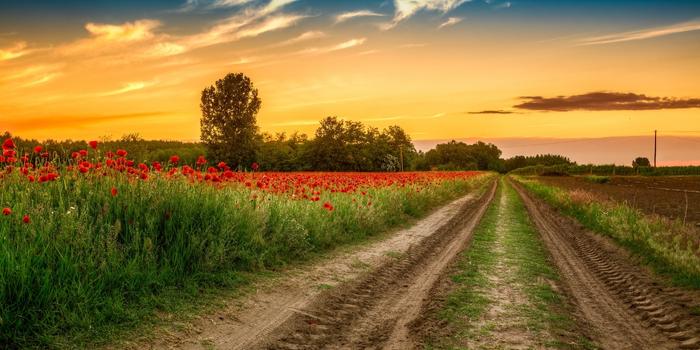
Gravel Roads / Unsurfaced Roads
Gravel roads are made up of gravel material, uncrushed stones and dirt. Firstly, you have to make an even surface and then arrange small stones on it. That is why you do not need big machines to build and maintain such roads.

Bitumen Roads
These roads are constructed with bitumen (a sticky black substance that comes from crude oil). Small stones are also used in it as you place them on gravel roads. But these stones are connected with bitumen. So, you can drive your cars and heavy vehicles on them.
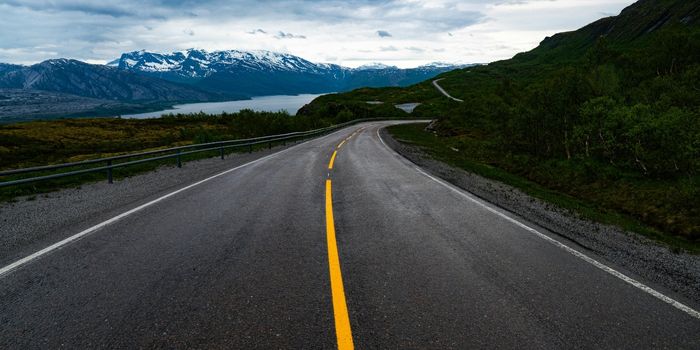
Metal Roads
Metalled roads are roads that give you a hard and strong road like metal. Usually, these roads are made with layers of crushed stones, gravel, mixed aggregates and tar. This mixture makes them super hard and weatherproof.
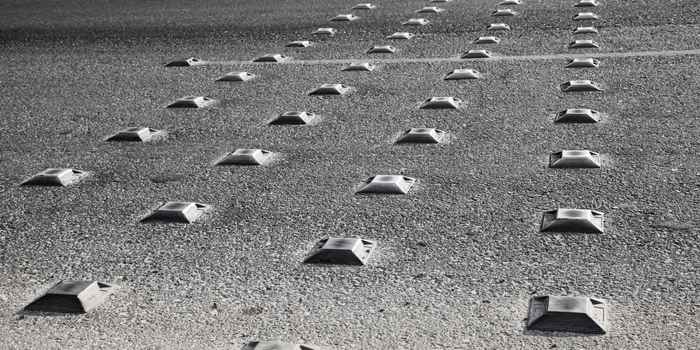
Water Bound Macadam Roads
Well, these roads are also created with layers of stones, gravel and aggregates. But, their process is not the same as mettled one. Actually, when you make a WBM road, stones are scattered on the surface in the same way.
Water and fillers are poured over them. After that, you have to use a heavy roller to press everything tightly together.
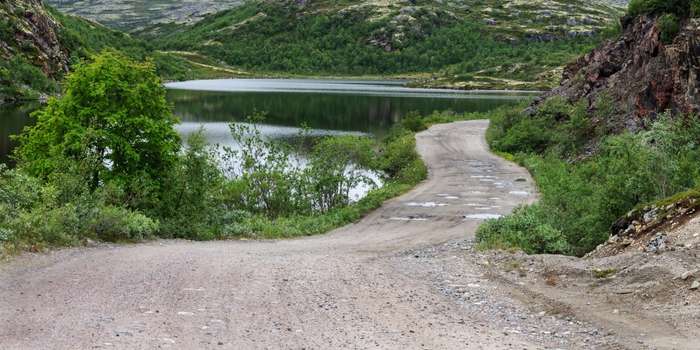
Concrete Road
You can often find concrete roads in busy areas with intense traffic flow. Actually, in concrete roads, cement is used with gravel and aggregates. This combination makes a road very strong and durable for 20 to 40 years.
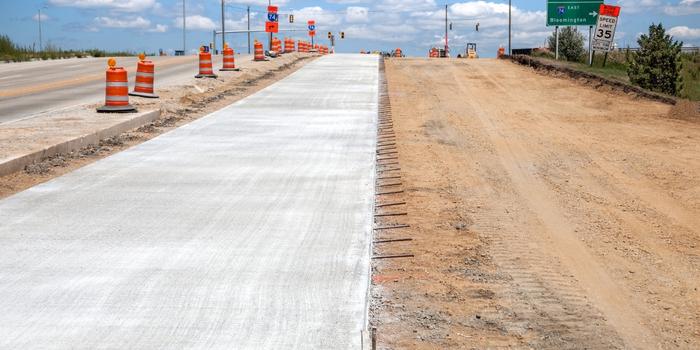
Kankar Roads
These roads are built with kankar (a natural type of lime rich gravel or stones) found in dry areas. You will find them stronger than dirt roads but not as strong as concrete or bitumen roads.
Usually, these roads are created to connect local areas with main roads or semi-urban areas. You might see kankar roads being used because they are cheaper and easier to build.
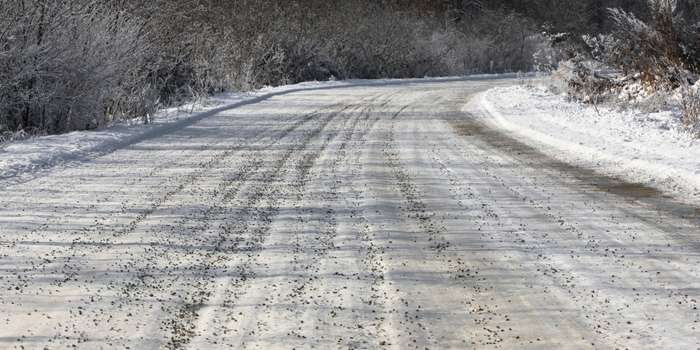
Flexible Roads
Flexible roads are also called asphalt roads as they are made in layers. You can use asphalt as a top layer over the crushed stones. They are designed in such a way, when you drive on them the surface bends a little. In this way, they spread out the weight and protect the ground below.
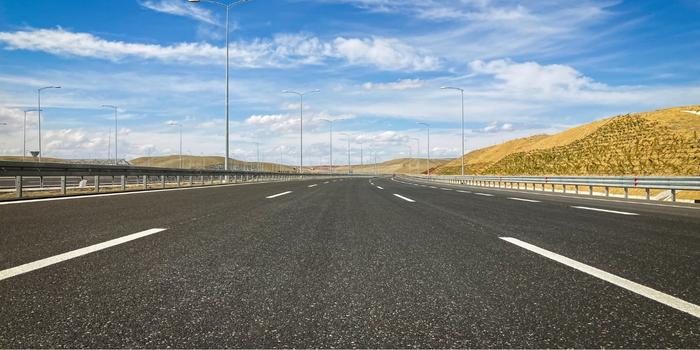
Brick Roads
You can guess their material by their name “Brick” which means that they are made-up of bricks. Such roads are more long-lasting as they can soak rainwater into the ground. You will observe, brick roads are a good alternative to modern roads. But they are more costly for you.
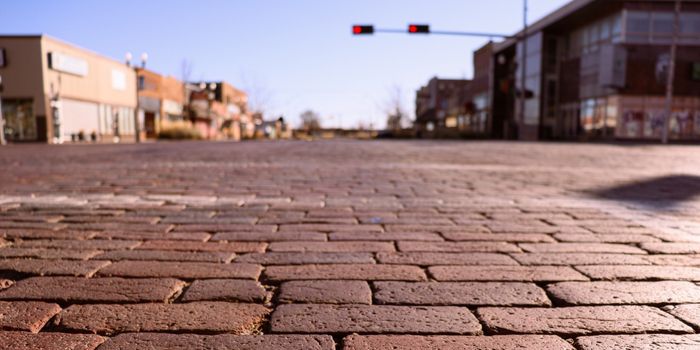
Types of Urban Roads
Arterial Roads
You can find these roads in busy areas, with high traffic volume. Basically, they are better than local roads, but cheaper than highways. Mostly, you use these roads to connect different parts of cities and regions. Although, you have limited entry and exit points here.
Sub-arterial Roads
They connect important centers of your cities and major arterial roads as well. In short, these roads work as middle ware to handle the flow of traffic.
You have multi-lanes on them to separate pedestrians and drivers. Plus, traffic signals are also placed on intersections to connect you with main roads.
Expressway
You can say that expressways are the most comfortable and safe roads. Because they have two or more lanes in each direction. A median strip & road stud (made up of highly reflective material) is also used to inform you about the middle separation.
Basically, these roads are constructed on new paths that go around the cities. Usually, such roads are toll roads (you have to pay for them) with a fast and straight option.
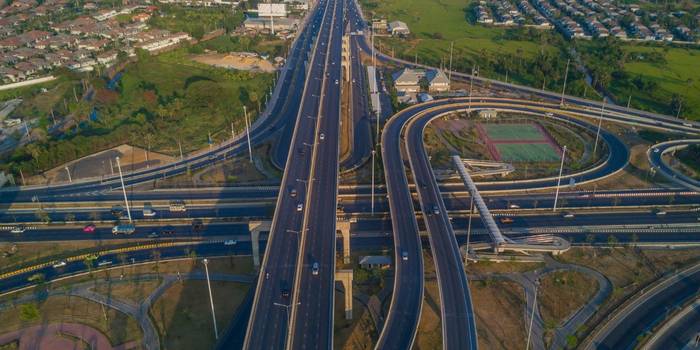
Freeway Roads
These are highways that give you a fast option with safety. Their specific freeway design allows you to get on or off from a road with special on-ramps and off-ramps. Additionally, they use special bridges and tunnels to cross other roads.

Ring Road
A ring road or beltway is a road that connects a series of roads to make a circular structure. Actually, it covers the whole city and its main points. The main purpose of this road is to provide you with an alternative route to avoid local traffic.
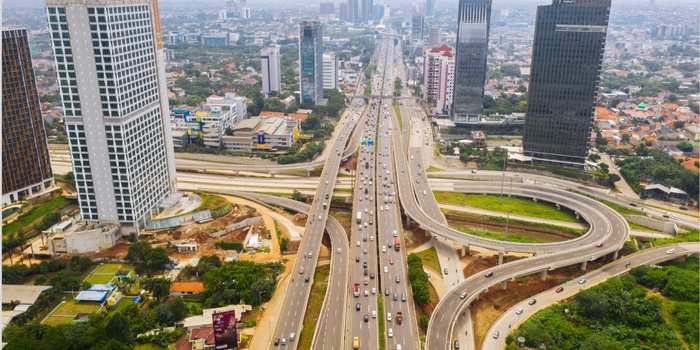
Bypass Road
This is also an alternative route that is provided to you but with a different design. You can see these straight bypass roads in populated cities. So, when you see a bypass road sign then you don’t need to stop with local traffic.
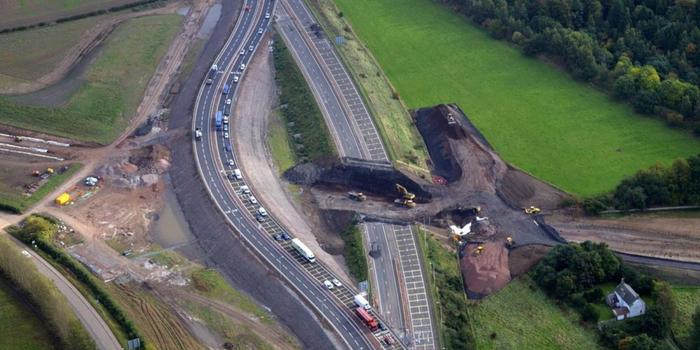
Local Roads
Local road is built for local access in your city or town. In simple words, you can travel on them to reach nearby stores, malls, houses and offices. They are not built for long distance journeys like highways and freeways.
Collector Roads
When you enter a highway or arterial road from rural areas, you are on a collector road. The main thing is, it collects traffic from local areas toward the main roads. On these roads, you might face more traffic than on a local road.
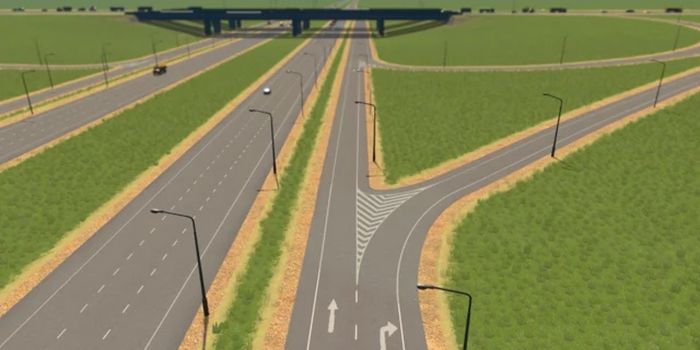
Classification of Roads by Their Jurisdiction
National Highways: Well, these are primary roads that connect different cities and regions. You can see multiple lanes on them. Always remember, they are maintained or handled by the National Government of a country.
State Highways: State highways are used to link provincial capitals and your regional centers. Therefore, they form a secondary network that comes under the jurisdiction of a State Government.
Major District Roads: These roads are also known as county highways or roads. Simply, the local government of a country built them to attach you with cities.
Other District Roads: Some roads are also administered by city councils or governments. Basically, they create a secondary network in cities or towns.
Village Roads: Village roads are constructed with the help of rural governance. Moreover, they connect your villages directly with cities.
Types of Roads By Their Dominant Functions
Promenade Roads
You may often find these roads in parks & near beaches. Specifically, you can walk and relax on them safely. Mostly, these roads are closed for cars and other motor vehicles. They usually have trees, benches and open spaces where you can sit, walk or meet others.
Avenue Road
This is also a public road that is present in a city or town but with a fancier look. Because it has beautiful buildings and trees on both sides. These days, builders sometimes just use the word “avenue” for a unique sound.
Parkway Roads
A parkway is a special kind of road that is constructed to provide you with a pleasant drive. Usually, it has trees, grass or other natural features around it. But big trucks are mostly not allowed. However, there are only a few places where you can enter or exit.
Pedestrian Roads
Pedestrian roads are areas designed for security of walkers where no cars or vehicles are allowed. You might see them in parks, plazas or busy city centers that are covered with barriers. This is because such places are safer and more comfortable for you to jog.
Cycle Tracks
Cycle tracks are special paths or lanes made just for you to ride bicycles. They are usually separated from car traffic to keep you safe. And are often found along roads and in parks.
More Familiar Road Types
Dual Carriageway Roads
On a dual carriageway road, you can see two entirely separate road surfaces for opposite traffic. These lanes have middle barriers or a strip of land which make them more secure. If you want to go on a long distance journey you can choose this road.
Single Carriageway Road
As its name shows, it is a road where you can go in both directions. But there is not a dominant barrier in its middle. Sometimes, you may observe painted lines to show the lanes. But cars on opposite ways still use the same part of the road.
Hilly Roads
Hilly roads are roads that go up and down over mountains with beautiful side views. This is because when you drive on them, you might find steep or curves. Sometimes, these roads can be dangerous so you have to follow all precautionary sign boards.
Scenic Road
Scenic roads are made near really beautiful places like mountains, forests, deserts and along the coast etc. These roads often have twisted turns that go up and down hills. Plus, they have amazing points and views where you can stop and enjoy.
To Sum Up
Finally, we can say each road has its own purpose of construction. They provide you a safe journey with multiple connections. These days the economy and infrastructure of a country are also dependent on the network of roads. If you want to know more or have any road project in mind, let’s discuss with us.
More Helpful Resources
Best Roads in the World – Top 5 Countries & Beautiful Roads
What is End of Dual Carriageway
37 Street Types According To Their Design and Location


-80x69.png)

